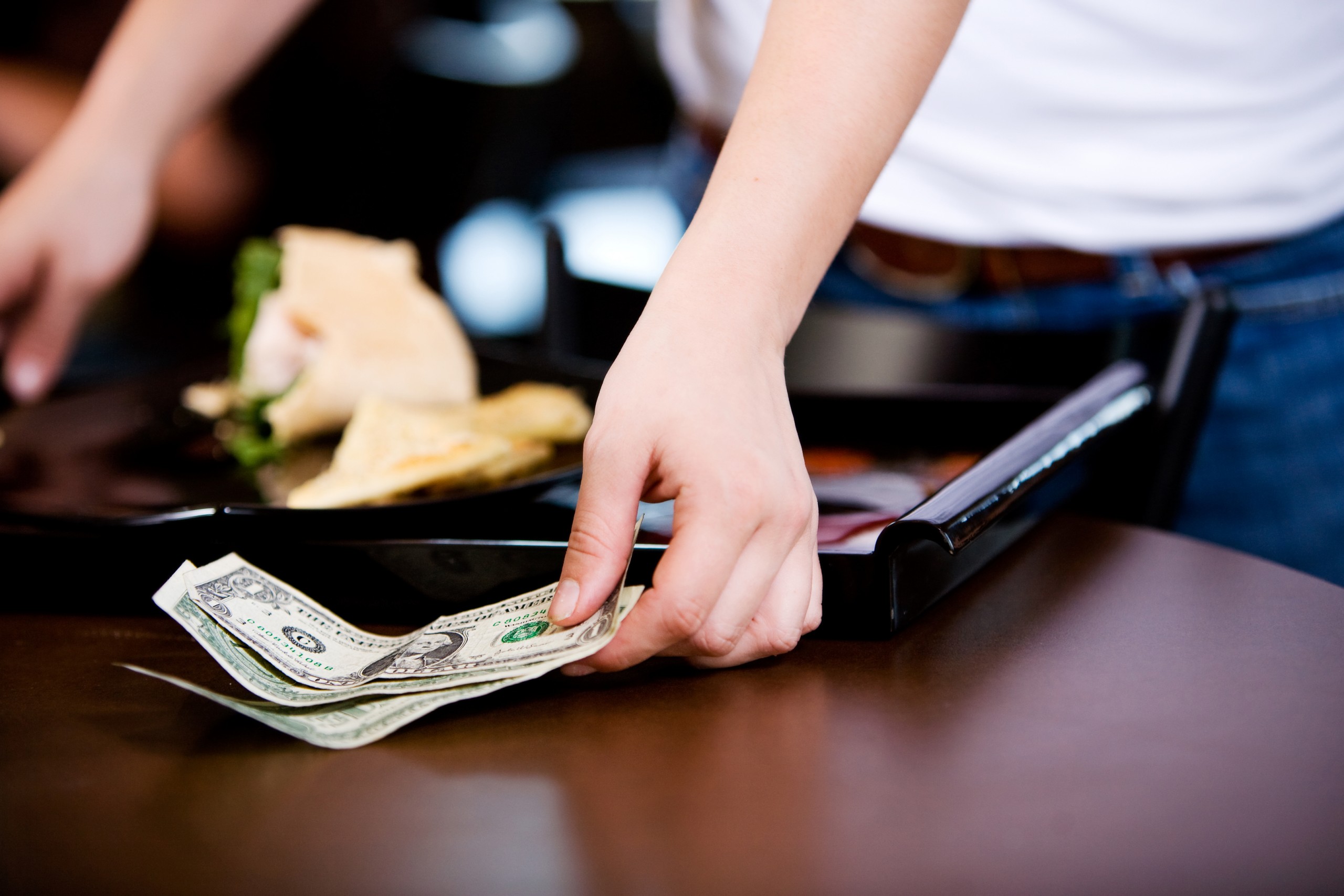Even before COVID-19, the food delivery industry was expected to grow from $43 billion in 2017 to $467 billion in 2025–now it’s expected to be $1 trillion by 2030.
In fact, according to The Washington Post, it’s one of the few areas in the restaurant industry seeing growth right now.
According to the most recent data published by Yelp, 26,000 restaurants have permanently closed due to COVID-19.
In Colorado alone, 62% of Colorado restaurants say they will be forced to consider closing permanently in the next six months under current or worsened conditions, according to the Colorado Restaurant Association.
However, many of the food industry problems that have been exacerbated by the pandemic, have been problems for years: high rent, rising labor costs, razor thin margins, and high overhead costs. Restaurants must overcome many challenges to stay afloat, and work even harder to become successful.
To combat these problems, many European countries, as well as China, India, the Middle East and other regions of the world, have been leveraging “virtual kitchens,” delivery-only concepts with no physical dine-in space, for years. The U.S., though late to the game, is seeing an explosion in these types of kitchens, even expecting to “dominate the global market” by 2027.
Virtual kitchens, with their low barriers to entry and focus on streamlined delivery, are a smart and inexpensive way to get food into customers’ hands. We’ve detailed four reasons why a virtual kitchen could be the smartest move during these challenging times:
Adapt to the Rapidly Changing Delivery Landscape
Millennials, who often prioritize convenience and on-demand services, have been the primary force driving the success of delivery-focused restaurants. However, more recently, the COVID-19 pandemic encouraged people of all ages to try restaurant delivery, creating new habits that will likely continue into the future. According to Wall Street Journal’s recent article on virtual kitchens, 82% of diners said they plan to continue ordering online at the same frequency they are now, even post-pandemic – that’s a lot of food being delivered.
Flexibility Can Help Reap Rewards
The reason that restaurants only experience 5-10% of profitability is largely due to food costs and labor, accounting for 65% of a restaurant’s revenue, according to Forbes. Rentable virtual kitchens, with no dine-in space, require less investment, lower operational costs, lower risk, increased efficiency, lower rent, less labor costs and more flexibility.
The virtual kitchen model is different from brick-and-mortar restaurants in that there are no front of house costs – no GM, no decor, no facade, nothing to remodel or build out. Their kitchens often are “plug and play,” equipped with commercial hoods, sinks, back-up generators, AC, heat, electric and gas hook ups, and pest control. Whether a restauranteur is looking to start a new concept or phase out of a traditional brick-and-mortar, a virtual kitchen space can provide cost savings on nearly every aspect of a restaurant.
Ditch the Traditional Landlord
Virtual kitchens don’t want tenants to fail, creating high turnover. Unlike traditional landlords, some virtual kitchens, including ourselves, provide valuable, hands-on assistance to get concepts up and running, then help build and maintain momentum, including:
- Architectural help from experienced kitchen architects, to assistant in personalizing kitchen stations
- City permitting guidance
- Marketing assistance including advertising, public relations, social media, and events (once it’s safe)
- Delivery assistance, including providing software that aggregates all third-party delivery companies
Another facet that can set virtual kitchens apart from each other, is how management plans to deal with the beast that is third-party delivery apps. Third-party delivery apps are extremely contentious, sometimes charging the restaurants a 30% fee. Fortunately, Denver recently passed a 15% fee cap, though it expires in February 2021 with possibility for an extension.
We believe virtual kitchen spaces should be active advocates on the state level for caps on delivery fees, and work directly with third-party apps, leveraging the number of restaurants at one location, to get restaurants the best price.
Support offerings greatly vary between virtual kitchen spaces. If a restaurant is seriously considering a virtual kitchen space, they should inquire first with management of amenities and support.
Get Creative in Offerings
Rather than investing in a food truck where success depends on in-person foot traffic, restaurants can reach a much wider audience with a delivery model found in virtual kitchens.
Virtual kitchens can be a low-overhead training ground with a short one-year lease for a first-time restaurateur that is nervous to sign a big lease; serve as a second kitchen for a concept expanding into breakfast or lunch; be a test kitchen for an established restauranteur to experiment with a new concept; give a restaurant extra space to strictly fulfill delivery orders and much more. The breadth of virtual kitchen tenants is expansive, and can help restaurateurs reach their culinary dreams.
As the world adjusts to a “new normal,” many restaurants won’t be able to open (or reopen) as brick-and-mortar restaurants. Yelp also revealed in the above report that a staggering 60% of restaurants that “temporarily” shut down during the pandemic have in fact permanently closed.
Additionally, many restaurants will not be able to succeed by operating at a limited capacity, and many diners will be apprehensive to dine-in while there is no vaccine – a harsh reality with winter just around the corner. Virtual kitchens can provide an affordable, stable avenue for restaurants to (re)establish themselves with significantly decreased operational costs, while adapting to the rapidly changing delivery landscape.

